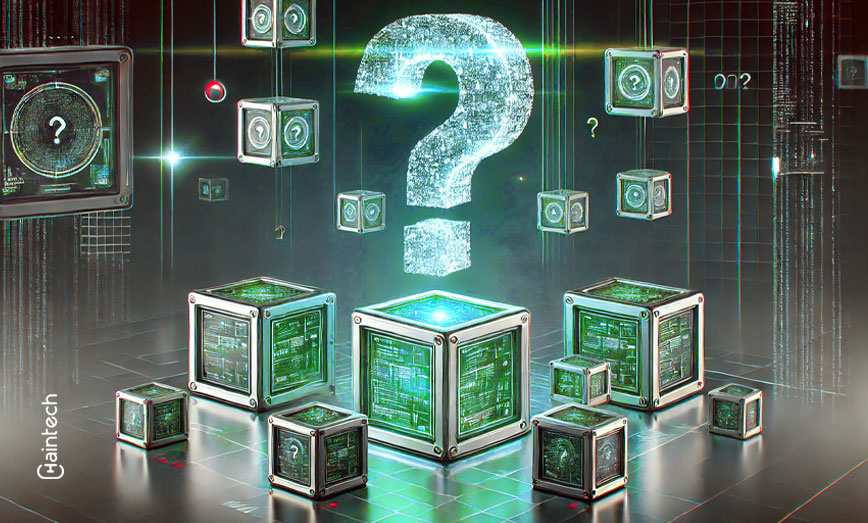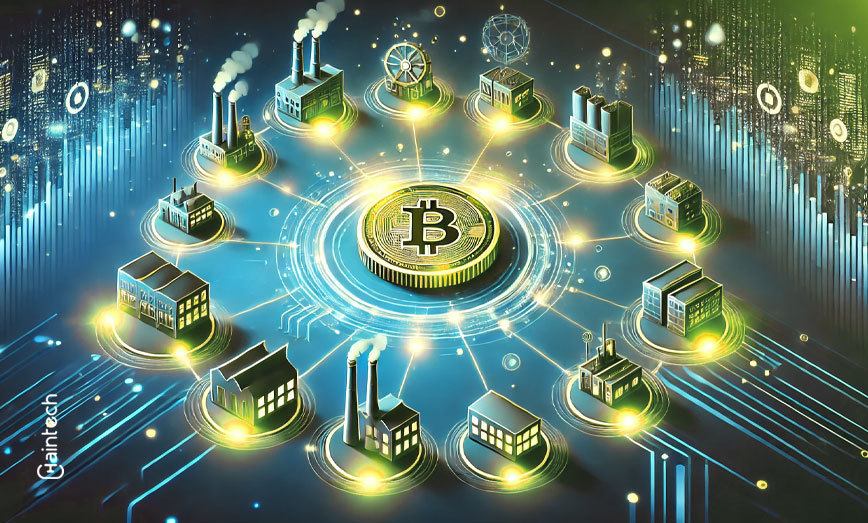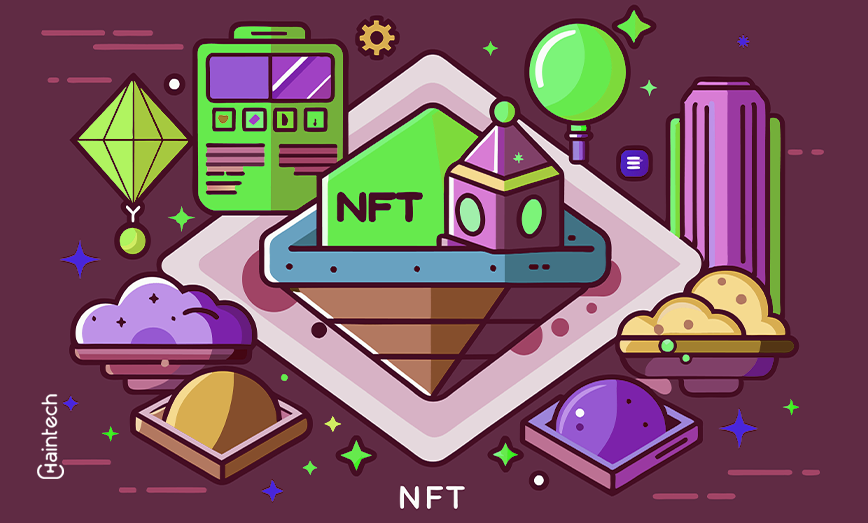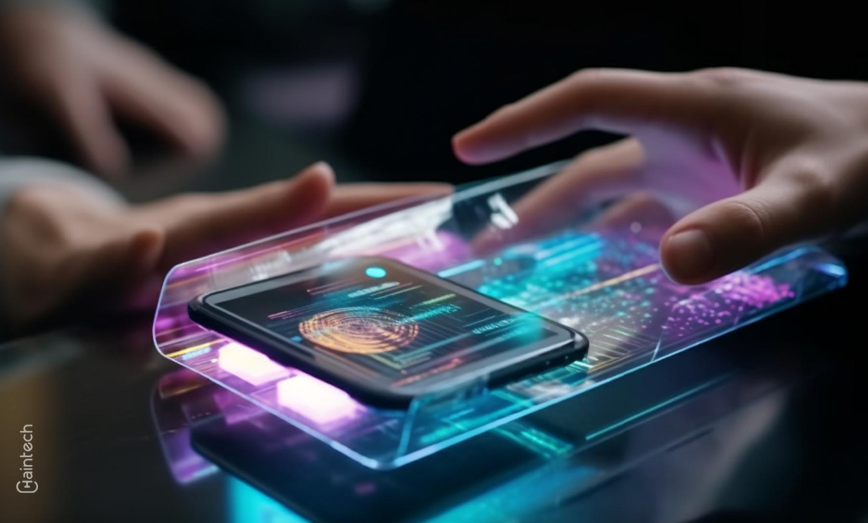Tokenization and Blockchain Intersection: What to Expect

Tokenization and blockchain are transforming the ownership and transfer of assets. Imagine being able to claim a fraction of a $10 million real estate or a portion of an iconic painting. Sounds like a dream? It’s not. Thanks to tokenization on blockchain platforms, this is already happening.
But what is tokenization, and what does it mean for blockchain? Let’s explain it.
What is tokenization?
Tokenization turns real-world assets into digital tokens. These tokens represent a fraction of the asset and live on a blockchain. For example, you don’t need to buy an entire building. You can invest in small, digital shares of it.
This idea works for almost anything—art, real estate, or collectibles. Tokenization makes high-value assets affordable and accessible to everyone.
Here’s why tokenization matters:
- You can own expensive assets without buying the whole thing.
- It simplifies transactions, especially across borders.
- It’s secure, thanks to blockchain technology.
How blockchain makes tokenization work
Tokenization needs blockchain to thrive. Without blockchain, tokens would be insecure and hard to track. Blockchain provides a level of security. It’s a virtual registry that tracks each deal’s history and doesn’t allow any alterations to be made to it.
For instance, let’s say you purchase a token representing the ownership of a highly desirable apartment. Blockchain records your ownership permanently. No one can change or fake this record. That’s why blockchain is essential for secure and transparent transactions.
Why blockchain and tokenization are a powerful team:
- Blockchain ensures all token transactions are recorded and secure.
- It makes ownership records permanent and tamper-proof.
- It allows global and instant transactions.
Interesting Fact
You can tokenize a virtual island! A digital island in a blockchain-based game was sold for a hefty sum, making it one of the first virtual properties to be tokenized. Imagine owning land you can never visit but can trade like real estate—it’s the future of gaming and investment colliding!
How tokenization improves liquidity in markets
Liquidity is the ease with which an asset can be rearranged without adversely influencing its price, and hence, it is an important factor in the investment industry. Tokenization, which is facilitated by the blockchain, fundamentally transforms the concept of liquidity.
To illustrate, real estate funding is usually long-term, and asset f993s’ selling and purchasing is capital intensive and has time value attached to it. Tokenization would relatively take an individual property and sell individual quantifiable and dividable pieces of it as digital shares. This would expand the buyer and seller bases, which would, in turn, help improve liquidity.
The same goes for masterpieces or other collectible items. In the past, you’d need millions to own a Picasso. Now, tokenization lets thousands of investors own fractions of such high-value assets. They can trade their shares on blockchain-powered platforms quickly and securely.
Tokenization also benefits businesses. Startups may improve their capital base by issuing tokens backed by company equity or income streams allowing them to target a broader investor base. This helps to channel capital more efficiently which is critical for development.
Tokenization types: Understanding the tokens
Tokenization cannot be implemented on a uniform basis. Different types of tokens accomplish different specific objectives.
| Token Type | Description | Use Case |
| Utility Tokens | Give users access to services on a platform | Paying transaction fees on apps |
| Security Tokens | Represent ownership of an asset | Fractional shares of a company |
| NFTs (Non-Fungible Tokens) | Represent unique assets, digital or physical | Digital art and collectibles |
| Payment Tokens | Act as digital currencies | Peer-to-peer payments |
| Asset-Backed Tokens | Represent real-world assets | Gold, real estate, or bonds |
Advantages of tokenization and blockchain
We outline how these two technologies are revolutionizing the market:
- Accessibility: You can buy assets in any part of the globe where you are.
- Fractional ownership: It is unnecessary to have millions to purchase luxury real estate or an expensive piece of art.
- Security: Blockchain ensures that your investment details are secured and there can be no alteration.
- Lower costs: No need for middlemen like brokers or banks.
- Faster transactions: Blockchain makes transactions instant and seamless.
- Transparency: Every trade is recorded and can be easily tracked.
How tokenization enhances transparency with the use of blockchain
One of the god-given features of blockchain is transparency, and tokenization leverages it very well. Every time you acquire a tokenized asset, a blockchain records all the transactions. Everybody has access to this information, which makes it very hard to cover up or change stats.
Consider supply chains as an illustration. Because firms tokenize goods, they can follow each step of the packaging and shipping processes. Blockchain records allow you to see what stage in the production caused the delay in case of a holdup. This boosts accountability and trust among all parties involved.
The art market is another example. Counterfeit artworks have been a long-standing problem. Tokenizing art on blockchain solves this by providing a verified record of ownership. With the help of Graphics, Buyers can access any record of works, validating their pieces robustly.
For investors, transparency is the key determinant of their decisions. They observe the performance of tokenized stocks, real estate, or commodities at any given time. This makes intermediaries unnecessary and, therefore, saves costs and time.
Where trust is priceless, tokenization tied together with blockchain enhances trust and enforces transparency. It creates equity amongst businesses and investors and makes the market more efficient.
Tokenization on blockchain- real-world examples
This technology isn’t just theory. It’s already transforming industries.
Real estate:
Imagine owning 1% of a five-star hotel in Miami. With tokenization, you can. Real estate tokenization allows investors to buy small shares of big properties. Blockchain keeps these transactions secure and accessible worldwide.
Art and collectibles:
NFTs (Non-fungible tokens) have gained fame as a unit for many people worldwide. They enable a person such as a musician to turn his work into a token and sell it anywhere.
Finance:
All these sectors, including the financial sector, are now using tokenization. Tokenized assets such as stocks, bonds, and mutual funds are now a common phenomenon. This makes it easier to trade in small amounts and makes it accessible to small investors.
The role of research in advancing tokenization
Research is driving the adoption of tokenization and blockchain. Many studies show how tokenization increases liquidity in markets that were previously hard to access.
Key findings from the research:
- Tokenized assets have faster trading cycles compared to traditional ones.
- Blockchain reduces the chances of fraud and improves investor trust.
- Startups using tokenization platforms have seen higher growth rates.
Challenges to overcome
No innovation comes without challenges. Tokenization and blockchain are no exception.
- Regulation: Laws around tokenization differ globally. Navigating them can be tricky.
- Security risks: While blockchain is secure, hacking is still a concern.
- Adoption: Businesses and people need to trust and understand the technology.
- Scalability: Blockchain networks can get slow during heavy usage.
- Costs: While cheaper than traditional systems, setting up tokenization can still be expensive.
Did you know?
You can tokenize a tweet. In 2021, Twitter’s founder, Jack Dorsey, sold his first tweet as an NFT for millions of dollars! It’s like owning a piece of internet history—proving that even tweets can become valuable assets in tokenization.
What the future holds
The intersection of tokenization and blockchain will only grow. Here’s what to expect:
- Interoperability: Blockchain networks will work better together.
- Wider adoption: More industries will embrace tokenization.
- Better regulations: Governments will create clearer rules.
- Tokenized economies: We’ll see entire systems running on tokenized assets.
A revolution in the making
Tokenization and blockchain are reshaping how we own and trade assets. Their benefits, from fractional ownership to global accessibility, are undeniable. While challenges like regulation and security remain, the future looks bright.
Ready to explore this technology for your business? Start today and stay ahead in this digital revolution.
FAQs
1. What is tokenization on blockchain?
It’s the process of converting real-world assets into digital tokens secured by blockchain.
2. Can tokenization work without blockchain?
No, blockchain ensures the security and transparency needed for tokenization.
3. What industries use tokenization the most?
Real estate, art, finance, and gaming are some leading industries.
4. Are tokenized assets secure?
Yes, blockchain makes ownership records secure and tamper-proof.
5. Can small investors benefit from tokenization?
Absolutely. It allows fractional ownership, making high-value assets affordable.









